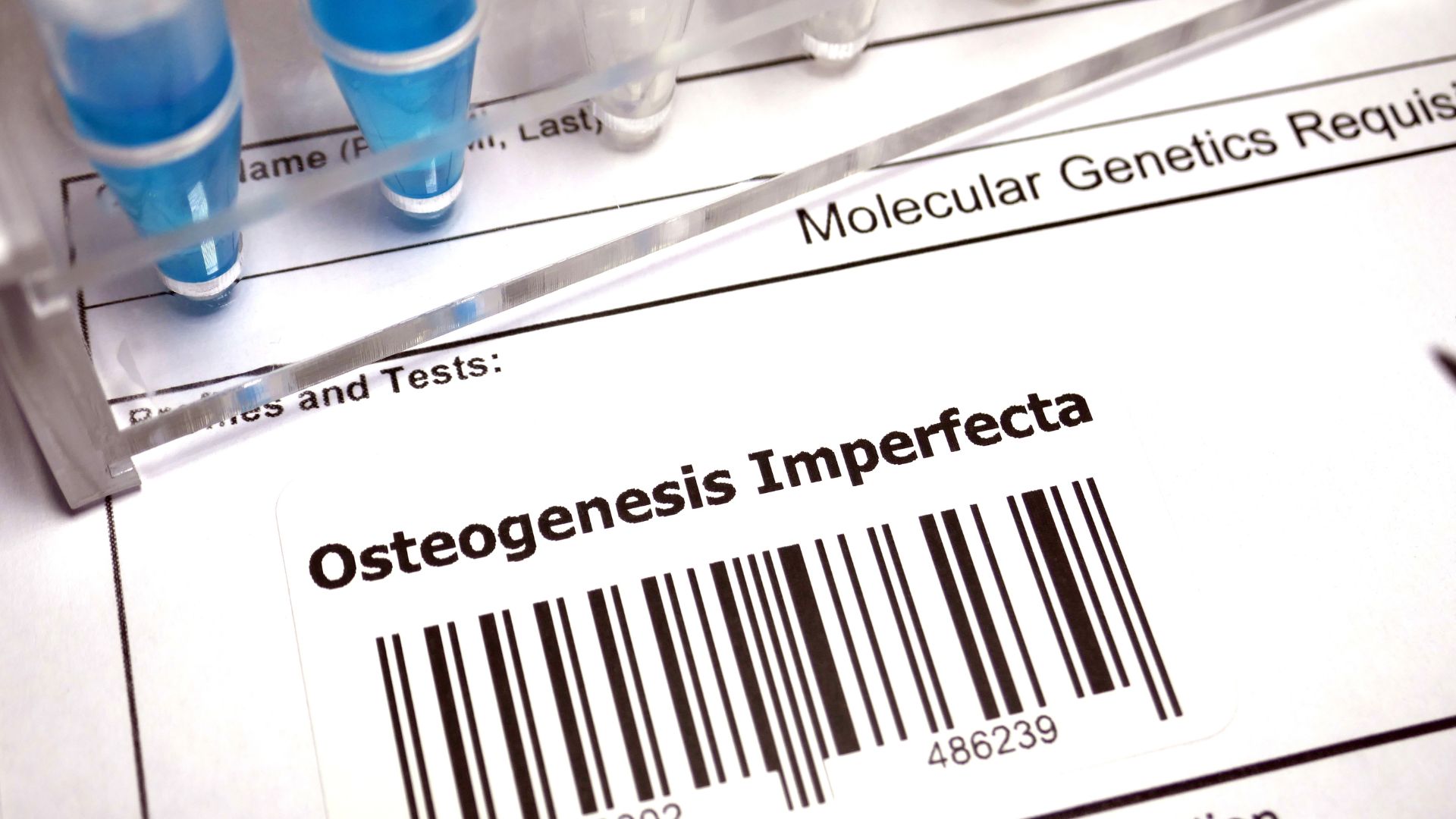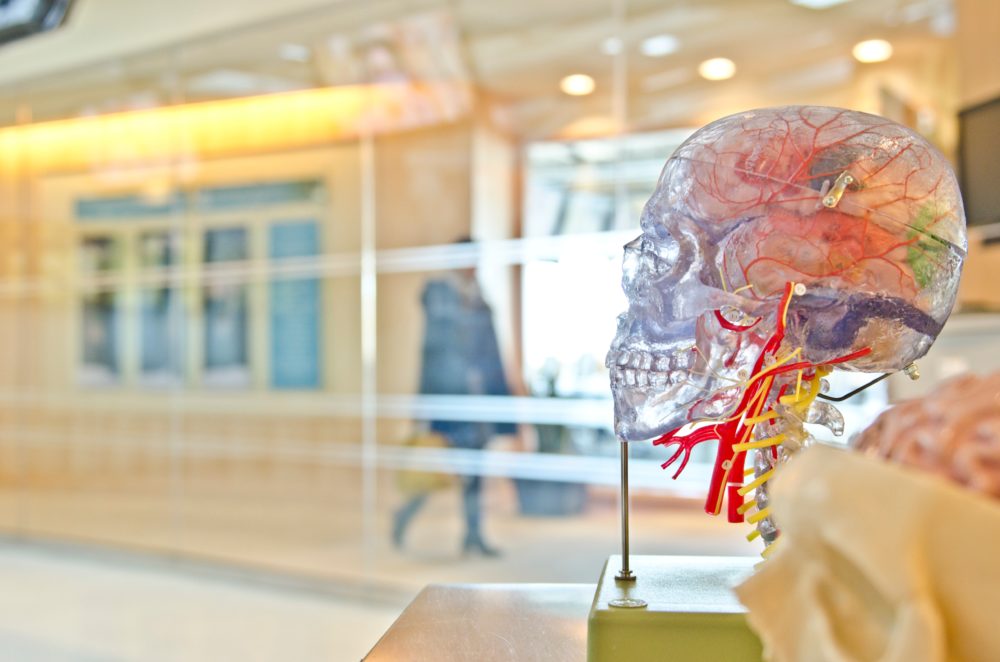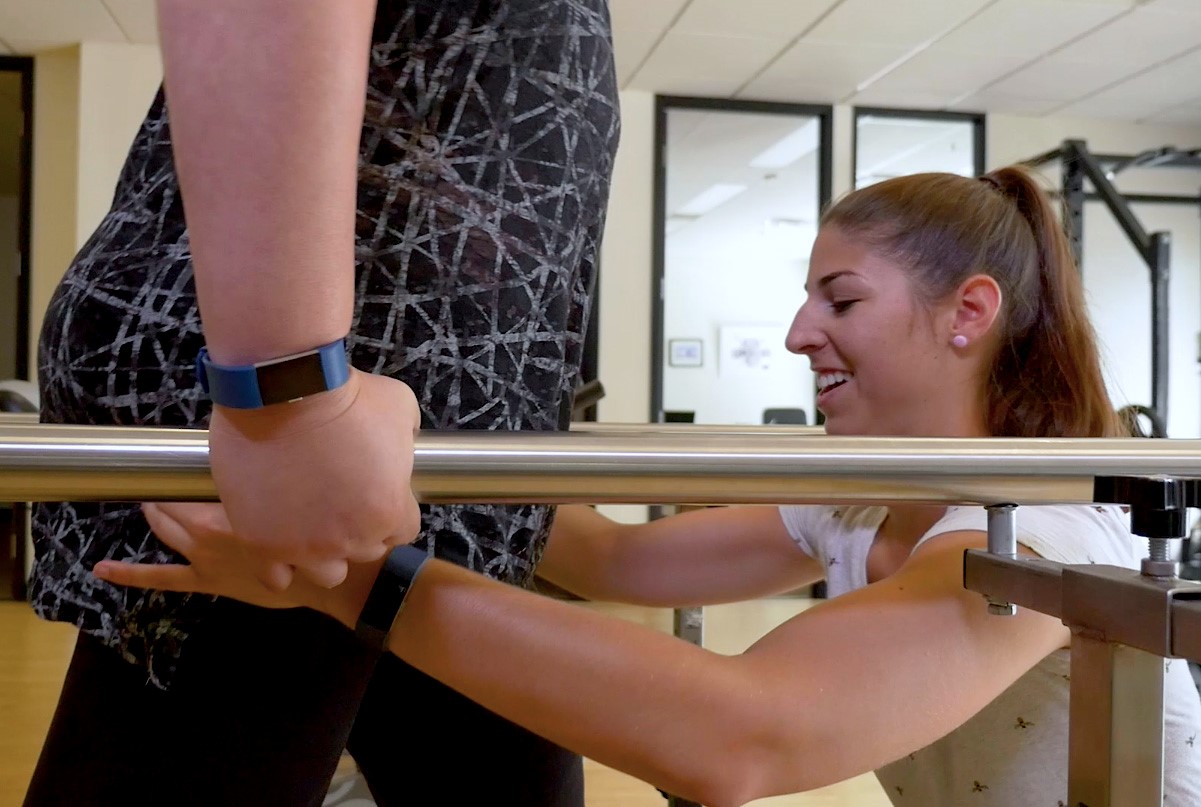Osteogenesis imperfecta is a rare, genetic bone condition that causes bones to break easily, deformity, pain and muscle weakness. It is also commonly known as brittle bone disease. Although there is no cure, osteogenesis imperfecta treatment, which includes physiotherapy interventions, can help to minimize fractures, increase strength, posture and function.
In this article, we provide information about the causes of OI, early signs and symptoms, how OI is diagnosed, osteogenesis imperfecta treatment interventions, as well as the link between OI and arthritis.
Table of Contents:
- What is osteogenesis imperfecta?
- Causes of osteogenesis imperfecta
- Early signs and symptoms of osteogenesis imperfecta
- How is OI diagnosed?
- Physiotherapy treatment
- Osteogenesis imperfecta and arthritis
- Conclusion
What is Osteogenesis Imperfecta?
Osteogenesis imperfecta (OI), also known as brittle bone disease, is a rare genetic bone disorder that is present at birth and is a lifelong condition. Hallmark features of OI include bone fragility (resulting in fractures with little to no trauma), bone deformity, bone pain, low muscle mass, and a short stature.
There are 8 types of OI, which vary based on type of inheritance, signs and symptoms, symptom severity, and findings on imaging tests. Complications associated with OI depend on the severity and type of OI, and may include respiratory infections (ex. pneumonia), heart problems, kidney stones, joint problems, hearing loss, eye conditions and vision loss.[i]
Osteogenesis Imperfecta Causes
Since OI is an inherited condition, it is passed on to the individual from genes from one or both parents, or from a spontaneous mutation in a gene. The inherited, spontaneously mutated gene is responsible for forming collagen, resulting in reduced collagen or abnormal collagen in the body. Collagen is a main structural protein found in connective tissues in the body that have a role in supporting organs and other body tissues.[ii]
Early Signs and Osteogenesis Imperfecta Symptoms
Early signs and symptoms of osteogenesis imperfecta seen in children include:
- Easily broken bones
- Bone deformities (ex. bowing of legs)
- Discolouration of the white of the eye (sclera), which may be blue or gray in colour
- Barrel-shaped chest
- Curved spine
- Triangle shaped face
- Loose joints
- Muscle weakness
- Hearing loss in early adulthood
- Soft, discoloured teeth[i]
How is OI Diagnosed?
Osteogenesis imperfecta is diagnosed through an examination by a physician to correctly identify OI and exclude other metabolic bone disorders. The physician may recommend a diagnostic test be conducted, and may include:
- X-ray to show changes in weak, deformed bones and fractures
- Lab tests that check the blood, saliva, and skin. This may also include genetic testing
- DEXA scan to scan the bones for low density/softening
- Bone biopsy to look at the sample of the hipbone[i]
Physiotherapy Osteogenesis Imperfecta Treatment
While there is no cure for OI, there are a variety of osteogenesis imperfecta treatment options primarily focused on preventing deformities and fractures. Osteogenesis imperfecta treatment includes but is not limited to bisphosphonate medication, orthopedic surgery/treatment, rodding, physical therapy, occupational therapy, and the use of assistive devices.[iii],[iv]
Physical therapy strategies for OI include:
- Education regarding safe positioning and handling for infants and children to minimize skull and limb fractures
- Exercises to maintain and increase muscle strength, function, and posture
- Stretching to maintain range of motion and mobility and prevent contractures
- Post-fracture care and rehab to return to baseline function
- Pre- and post-operative orthopedic surgery rehab to return to baseline function
- Recommendations for splinting or bracing to prevent bone fractures/deformities
- Recommendations for and the fitting of assistive devices and mobility aids to promote increased participation in activities and independence
- Recommendations for movements to allow patients to safely meet recommended physical activity guidelines
- Gait training and functional education on movement patterns to help avoid injuries and fractures
OI starts from birth and is a lifelong condition. Physical therapists can provide recommendations for activity modification as their body changes over the course of a person’s lifespan, . This can help people maximize motor function and involvement in daily life skills. For example, physical therapy plays a major role in helping patients with self-care, social function over time, being able to ambulate independently, decrease fatigue during activities of daily living, amongst other benefits.[iv]
Osteogenesis Imperfecta and Arthritis
People living with OI are more likely to develop osteoarthritis in their later years, as per the progression of the disorder.[v] Effective management strategies, exercises that target bone and joint health, and a tapered/custom movement program would help to address the progression of OI.
There is no cure for OI or arthritic conditions. However, lifestyle interventions can help to maintain function, reduce joint pain, and maintain quality of life.vi We’ve included a list of ways on how a healthy lifestyle can benefit the outcome with someone with arthritis in our previous post on arthritis physiotherapy.
Conclusion
Implementing healthy lifestyle strategies is crucial for those living with osteogenesis imperfecta and all forms of arthritis. Due to the chronic nature of these diseases, a combination of early detection and early physiotherapy intervention can help individuals maintain function, reduce joint pain, and maintain quality of life.
Physiotherapy management includes but is not limited to education on the disease progression, education on safe movement patterns to meet physical activity guidelines, and exercises to maintain muscle function tailored to patient goals and concerns.
References
[i] Osteogenesis, Conditions and Diseases, Health, Johns Hopkins Medicine
[ii] Forlino A, Cabral WA, Barnes AM, Marini JC. New perspectives on osteogenesis imperfecta. Nat Rev Endocrinol. 2011 -06-14;7(9):540.
[iii] Mueller B, Engelbert R, Baratta-Ziska F, Bartels B, Blanc N, Brizola E, et al. Consensus statement on physical rehabilitation in children and adolescents with osteogenesis imperfecta. Orphanet J Rare Dis. 2018 -09-10;13(1).
[iv] Marr C, Seasman A, Bishop N. Managing the patient with osteogenesis imperfecta: A multidisciplinary approach. JMDH. 2017 -04; Volume 10:145.
[v] Andersen JD, Folkestad L, Hald JD, Harsløf T, Langdahl BL, Abrahamsen B. Osteoarthritis in osteogenesis imperfecta: A nationwide register-based cohort study. Bone (New York, N.Y.). 2022 Jan; 154: 116222.
[vi] Osteoarthritis (OA), Arthritis, Centre for Disease Control and Prevention
Written by



